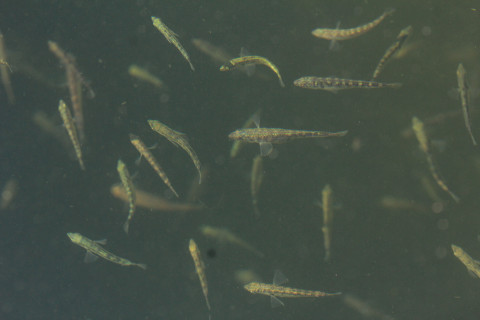The present study demonstrated that the additive genetic variation in the ingestion of 90 μm microspheres by whitefish larvae is very low at best, and indistinguishable from the ingestion of natural foods. Although the generalizability of our results needs to be confirmed in different fish species and different types of microplastics, the present findings raise the concern that despite the presence of non-additive family variation in microplastic ingestion, fish may not be able to adapt to the presence of plastic particles in their natural environment by starting to avoid them actively.
Obviously, more research is required to understand the ecological effects of microplastics on fish larvae and their prey. Meanwhile, all actions to reduce plastic pollution and develop solutions to restore already contaminated reproduction areas of fish are strongly encouraged.
For further information, please contact: Senior Researcher Hannu Huuskonen, University of Eastern Finland Department of Environmental and Biological Sciences, hannu.huuskonen (a) uef.fi, tel. +358 50 596 1592
Huuskonen, H., Subiron i Folguera, J., Kortet, R., Akkanen, J., Vainikka, A., Janhunen, M. & Kekäläinen, J. 2020. Do whitefish (Coregonus lavaretus) larvae show adaptive variation in the avoidance of microplastic ingestion? Environmental Pollution 262: 114353.

